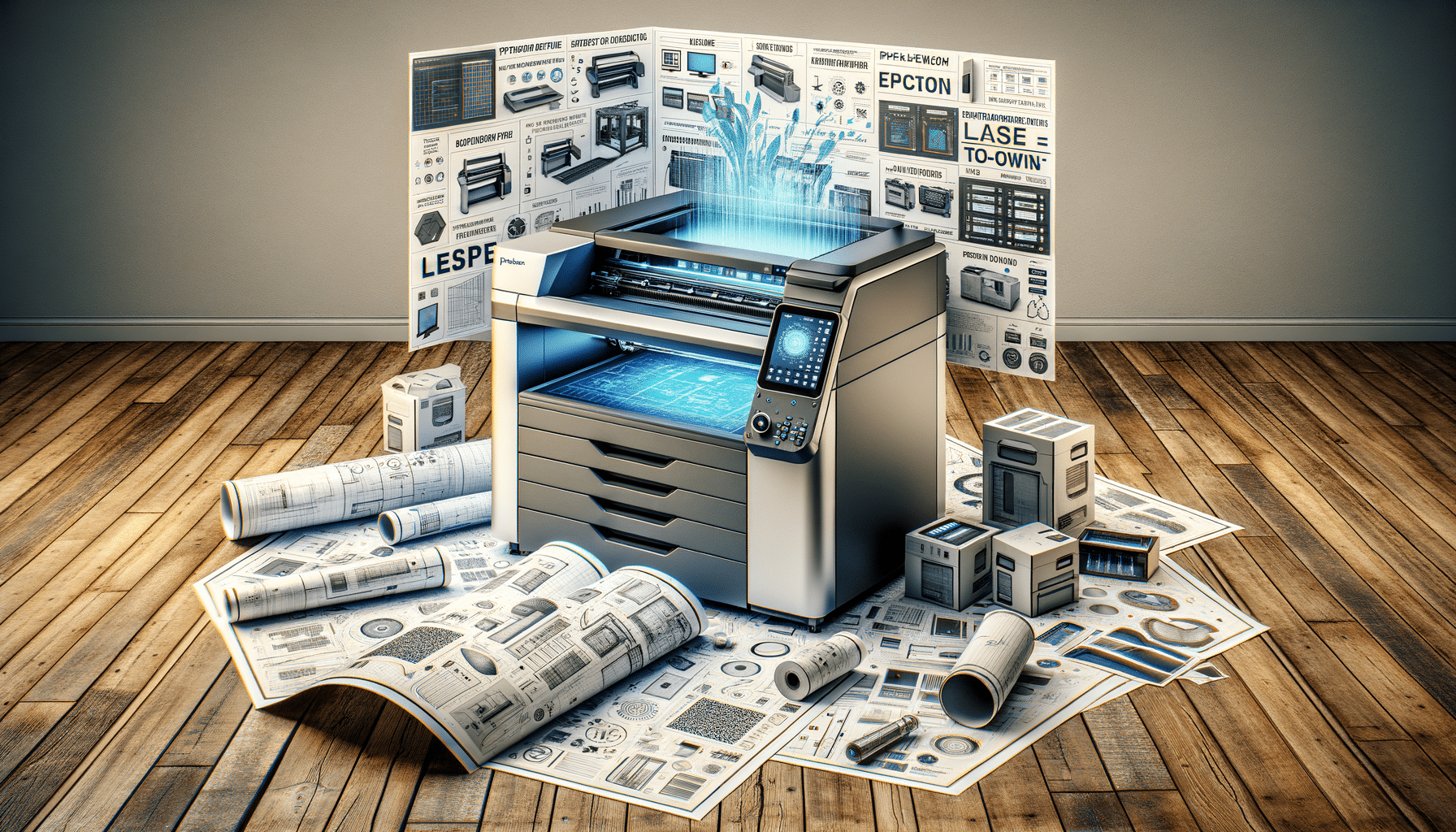
Consider Lease-to-Own for Your DTF and DTG Printers
Understanding Lease-to-Own Options
Lease-to-own arrangements are gaining traction in the world of modern printing solutions, particularly for Direct to Film (DTF) and Direct to Garment (DTG) printers. These options allow businesses to acquire advanced printing technology without the immediate financial burden of purchasing outright. This method involves leasing the equipment with the option to purchase it at the end of the lease term. The flexibility of this arrangement is appealing to businesses of all sizes, especially those looking to expand their capabilities without overextending their budgets.
One of the primary advantages of lease-to-own is the ability to conserve capital. Businesses can allocate funds to other critical areas such as marketing, staffing, or inventory. Additionally, the predictable monthly payments make financial planning more straightforward. This model also allows businesses to stay current with technology. As printing technology evolves, companies can upgrade their equipment at the end of the lease term, ensuring they remain competitive.
Furthermore, lease-to-own options often include maintenance and support, reducing the risk of unexpected repair costs. This can be particularly beneficial for small businesses that may not have the resources to manage complex equipment independently. Overall, lease-to-own offers a strategic pathway to acquiring necessary equipment while maintaining financial flexibility.
Comparing DTF and DTG Printers
Direct to Film (DTF) and Direct to Garment (DTG) printers are both innovative solutions for the textile printing industry, each with its unique advantages. DTF printers are known for their versatility, as they can print on a wide range of materials, including cotton, polyester, and blends. This flexibility makes them an attractive option for businesses looking to offer diverse product lines.
On the other hand, DTG printers are highly regarded for their ability to produce high-quality prints with vibrant colors and fine details, particularly on cotton garments. They are ideal for businesses focusing on custom apparel, where quality and detail are paramount. DTG printers also offer a more straightforward setup and operation, making them accessible to businesses without extensive technical expertise.
When considering lease-to-own options, businesses should evaluate their specific needs and customer demands. If versatility and material compatibility are priorities, a DTF printer might be the optimal choice. Conversely, if print quality and detail are more critical, a DTG printer could be more suitable. Understanding these differences is essential for making informed decisions that align with business objectives.
Financial Implications of Lease-to-Own
From a financial perspective, lease-to-own options can offer several benefits over traditional purchasing. By spreading the cost of the equipment over time, businesses can avoid large upfront expenditures. This approach not only eases cash flow but also allows businesses to invest in other growth areas simultaneously.
Moreover, leasing payments can often be deducted as a business expense, providing potential tax advantages. This deduction can further enhance the financial appeal of lease-to-own arrangements. It’s crucial for businesses to consult with financial advisors to understand the full implications and ensure they maximize these benefits.
Another financial consideration is the end-of-lease options. Businesses typically have the choice to purchase the equipment, return it, or upgrade to a newer model. This flexibility allows businesses to adapt to changing needs and technological advancements, ensuring they remain competitive in a fast-paced industry.
Evaluating the Risks and Rewards
While lease-to-own options offer numerous advantages, it’s essential to consider potential risks. One risk is the total cost of ownership. Over the lease term, businesses may end up paying more than the equipment’s purchase price. However, this cost is often offset by the benefits of having access to cutting-edge technology and the ability to conserve capital.
Another consideration is the commitment involved. Lease agreements typically span several years, and businesses need to ensure they can meet the payment obligations throughout the term. It’s important to thoroughly review lease terms and conditions, including any fees for early termination or equipment return.
Despite these considerations, the rewards of lease-to-own options can be substantial. Access to high-quality printing technology, predictable budgeting, and the potential for tax benefits make it an attractive option for many businesses. By carefully weighing the risks and rewards, businesses can make informed decisions that support their long-term goals.
Conclusion: A Strategic Path Forward
For businesses in the textile printing industry, lease-to-own options provide a strategic path to acquiring advanced DTF and DTG printing solutions. These arrangements offer flexibility, financial benefits, and access to cutting-edge technology, making them an attractive choice for businesses looking to grow and innovate.
By understanding the nuances of lease-to-own agreements, evaluating the differences between DTF and DTG printers, and considering the financial implications, businesses can make informed decisions that align with their objectives. As the industry continues to evolve, lease-to-own options will likely remain a popular choice for businesses seeking to balance cost and innovation.
Ultimately, the decision to pursue a lease-to-own arrangement should be guided by a comprehensive understanding of the business’s needs, financial situation, and strategic goals. By doing so, businesses can harness the power of modern printing technology to drive growth and success.

